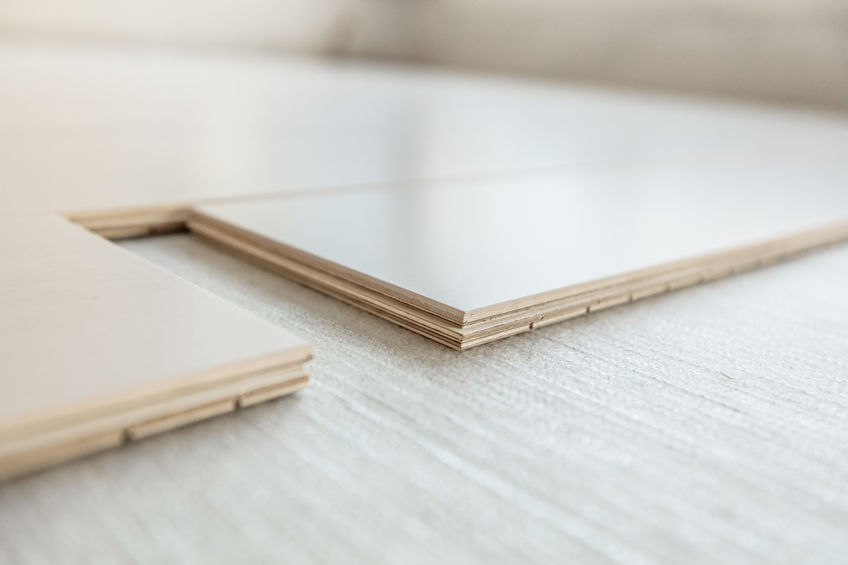
Hardwood floors are a timeless flooring solution that homeowners and businesses continually use to help enhance their design. Plus, hardwood can come in hundreds of species, sizes, widths, and finishes. So when browsing the hardwood market, you will quickly notice they are split into two distinct categories: solid and engineered. Both options are excellent and come with their own set of benefits. The choice can come down to personal preference, as well as where you are installing the flooring. If you are looking to facilitate hardwood flooring in your own home, it is essential to know which option will work for you. Here is an easy way to recognize both flooring’s pros and cons and which is ideal for your home:
Solid
Solid hardwood flooring is exactly what it sounds like. Depending on which wood species is being used, each plank is a solid piece of wood fashioned from that wood. If you buy solid pine hardwood flooring, your floor is 100% pine hardwood flooring. This feature is excellent because your floor can continually be sanded and refinished. Plus, hardwood is extremely durable but is a living floor; therefore, it can expand, contract, wear, fade, and scratch over time. With solid hardwood being a pricey investment, this can seemingly be one of its biggest downfalls. However, a solid hardwood floor gives you the option to continually sand and refinish/stain your hardwood back to pristine/like-new condition. This factor is huge for homeowners who know they will be living in their property for years to come. However, a solid hardwood floor must be nailed to the subfloor. This feature eliminates the possibility of installing it over concrete. Solid hardwood, however, can be very vulnerable to environmental issues. Remember, solid hardwood is a living floor that responds dramatically to heat, cold, and humidity. This factor could lead to gaps, cupping, or crowning between planks. Yet, for the most authentic wood experience, solid hardwood flooring is unrivaled.
Engineered
Engineered hardwood flooring is the response to some of these environmental challenges that solid hardwood may face. Engineered hardwood is manufactured by making a less expensive plywood option below the surface. Each wood sheet layer faces a different direction to prevent expansion and contraction. Only the very top layer is the wood species you choose. If you purchase oak, only your very top layer of each board will be oak. This feature can make engineered hardwood a more affordable option as well as more durable to various environments. Another advantage of this flooring choice is the ability to float this floor. This feature allows you to install engineered hardwood over concrete and other areas in which solid hardwood cannot be installed. However, you are limited to the amount of sanding and refinishing this product do to the thin top layer of the wood.
Both options are wonderful choices and come with their own advantages and disadvantages. Homeowners and businesses can even choose between both depending on which option is best for their environment. Likewise, you can use some of these facts to help you better choose an option for your home.

Leave a Reply